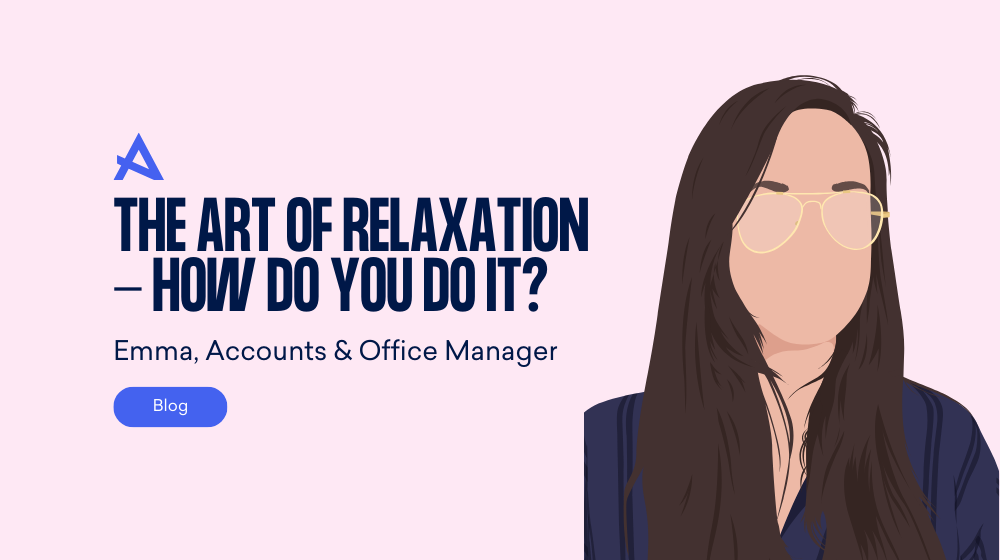In a nod to World Wellbeing Day [this week], our office and accounts manager talks about how she relaxes and keeps her mental health in check…and some of her methods may surprise you.
People are often surprised when I tell them I work in finance, I’m probably not what you’d consider a ‘normal’ accountant. That’s because outside of work I dabble in meditation, Reiki and various forms of spiritualism.
I started working at Active Profile as accounts and office manager in May this year and my colleagues got the first glimpse of my hippy side when I drove to Stonehenge for Summer Solstice after work… and was back in the office the next day! That’s why I love working at Active Profile, I’m able to work flexibly and be myself - I’m not shut up in a room crunching numbers and I get to be part of the whole team.
Hypnotherapy – it’s not just doing the funky chicken
I recently signed up to do a course in hypnotherapy. Not the Derren Brown, make people think they’re a funky chicken on stage type hypnosis, more the, help people overcome fears, phobias, addictions, and anxiety type. I recently attended the first lesson and the first questions we were asked were: What is relaxation? How do you relax?
There were lots of answers; some people went for a run, walked their dog, read a good book or simply watched TV. In fact, one person even felt like going to work was relaxing to get away from the kids! But with most of these methods, it was clear that people very rarely relaxed both their body and mind. To be truly relaxed in both body and mind is quite a rare occurrence in today’s modern world. Perhaps we’ll sit on the sofa and watch TV thinking this is switching off, but even in this state our muscles are still working, and our minds are still ticking away.
The secret to total relaxation
We moved on to learn about the progressive muscle relaxation (PMR) technique, devised by Edmund Jacobson in the 1930s. He theorised that clearing the mind comes naturally as a result of physical relaxation. The technique itself isn’t difficult and doesn’t require any kind of training – it’s something anyone can try themselves. You can give it a Google but the basic premise is this:
- Focus on a muscle group, for example your thighs
- Inhale and tense the muscle and keep it tensed for 5-10 seconds
- While exhaling, completely relax the muscle
- Take a moment noticing the changes you feel and then move on to the next muscle group
It’s best to start either at your feet or your head and work up or down the body systemically. By tensing and relaxing the muscles, you’re showing the brain the difference between being switched ‘on’ or ‘off’. The PMR technique has been effective in controlling stress, anxiety and insomnia, in some cases it has even helped in relieving pain, especially things like tension headaches.
For me personally, I still love a long walk with my dog to take me away from everyday stresses, but I don’t think we can ignore the link between body and mind. It makes sense then, that to relax one, helps to relax the other. If you’ve tried meditation and found it hard to keep a relaxed mind, perhaps it will be easier to obtain with a relaxed body - it’s at least worth a go!
We’re going to be tweeting all about what makes us feel relaxed this week – so keep an eye out on our social channels, you never know, you may learn something!



